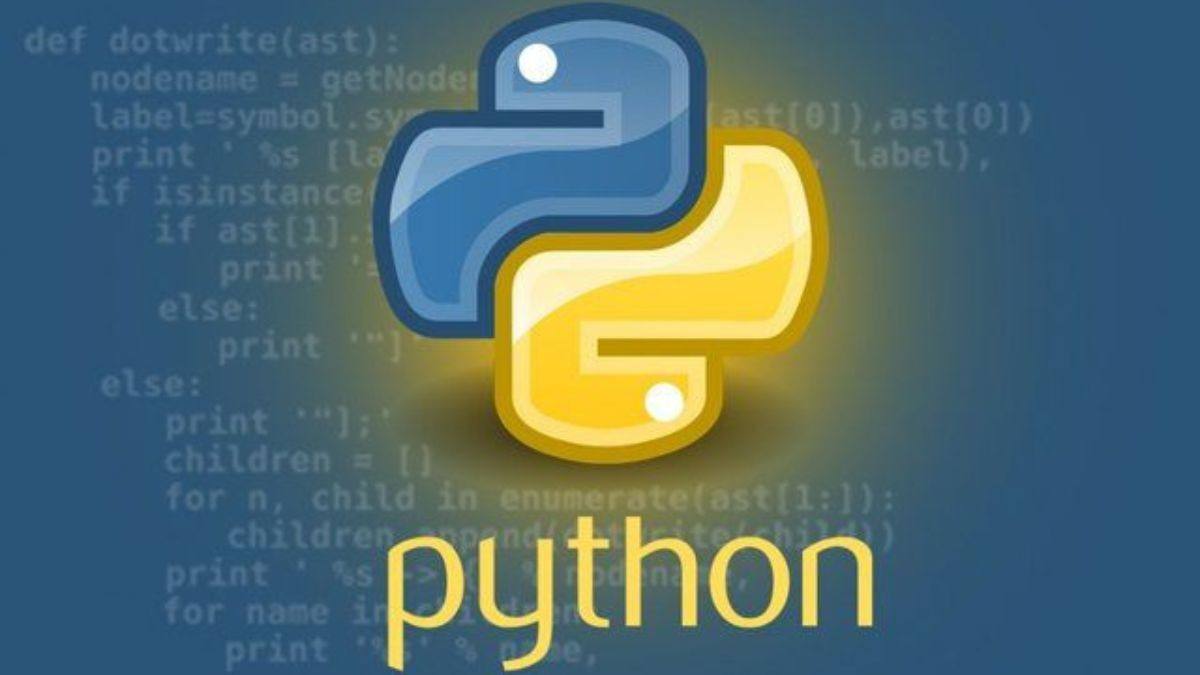Become An Instructor

Introduction to SQLite and Databases Databases are essential for managing complex data, offering a structured way to store, retrieve, and manipulate information compared to simple text files. SQLite is a lightweight, serverless database engine that’s built into Python, making it an excellent choice for beginners and small-scale applications. Unlike traditional databases that require separate server processes, SQLite stores data in a single file, simplifying setup and use. This makes it ideal for learning database concepts without the overhead of complex configurations.
Why Use SQLite? SQLite is embedded directly into Python through the sqlite3 module, requiring no additional installation. It’s portable, fast, and supports most SQL standards, allowing you to perform powerful data operations with minimal resources. SQLite is perfect for small to medium-sized applications, such as mobile apps, desktop software, or personal projects. Its simplicity doesn’t sacrifice functionality, as it supports complex queries, transactions, and data integrity.
Getting Started with SQLite in Python To use SQLite in Python, you start by importing the sqlite3 module. You connect to a database using sqlite3.connect('database_name.db'), which creates a database file if it doesn’t exist. This connection allows you to interact with the database. After establishing a connection, you create a cursor object using connection.cursor() to execute SQL commands. This setup forms the foundation for all database operations in your Python script.
Creating Tables in SQLite Tables are the core structure of a database, organizing data into rows and columns. To create a table in SQLite, you use the CREATE TABLE SQL statement. For example, CREATE TABLE users (id INTEGER PRIMARY KEY, name TEXT, age INTEGER) defines a table named "users" with columns for ID, name, and age. The PRIMARY KEY ensures each row has a unique identifier. You execute this command through the cursor, and it’s saved to the database once committed.
Inserting Data into Tables To add data to a table, you use the INSERT INTO SQL statement. For instance, INSERT INTO users (name, age) VALUES ('Alice', 25) adds a new row to the "users" table. You can insert multiple rows at once using a list of values or parameterized queries to prevent SQL injection, a security risk. After executing an insert command via the cursor, you call connection.commit() to save the changes to the database.
Querying Data with SELECT The SELECT statement retrieves data from a table. A basic query like SELECT * FROM users fetches all rows and columns from the "users" table. You can refine queries with conditions, such as SELECT name, age FROM users WHERE age > 20, to filter results. The cursor’s fetchall(), fetchone(), or fetchmany() methods retrieve the query results, which you can then process in your Python script.
Updating and Deleting Data SQLite allows you to modify existing data with the UPDATE statement. For example, UPDATE users SET age = 26 WHERE name = 'Alice' changes Alice’s age. To remove data, use the DELETE FROM statement, such as DELETE FROM users WHERE age < 18. Both commands require a commit() to persist changes. These operations give you flexibility to keep your database up to date.
SQL Syntax Basics SQL (Structured Query Language) is the standard language for interacting with databases like SQLite. It includes commands like CREATE, INSERT, SELECT, UPDATE, and DELETE. SQL is case-insensitive, though convention often uses uppercase for commands. Conditions like WHERE, AND, OR, and functions like COUNT() or SUM() enhance queries, making SQL versatile for data manipulation and analysis.
Best Practices for SQLite in Python When working with SQLite, always commit changes using connection.commit() to save them, and close the connection with connection.close() when done. Use parameterized queries (e.g., INSERT INTO users (name, age) VALUES (?, ?)) to safely handle user input. Error handling with try-except blocks prevents crashes from invalid SQL or connection issues. These practices ensure reliable and secure database operations.
Conclusion: SQLite’s Role in Python Projects SQLite, combined with Python’s sqlite3 module, provides a powerful yet accessible way to manage complex data in your projects. By mastering basic SQL commands and Python integration, you can create, manipulate, and query databases efficiently. Whether building a small app or learning database fundamentals, SQLite offers a practical starting point. Practice these concepts to unlock the full potential of data management in your Python scripts.
